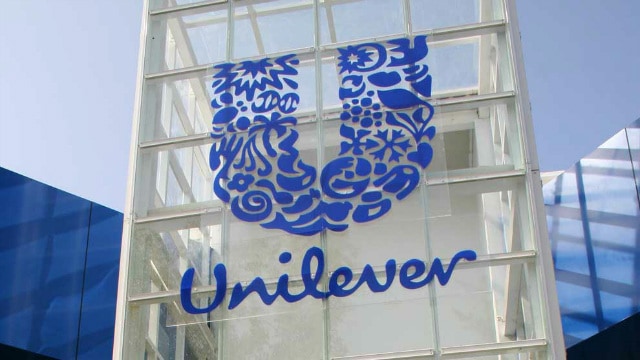Specialist staffing firm SThree (LSE: STHR) currently offers a 4.2% dividend yield and trades at just 15.4 times forward earnings. But despite these very attractive figures, I find this low-margin, cyclical business a much less appealing long-term growth and income option than consumer goods giant Unilever (LSE: ULVR).
The main reason I’m avoiding SThree is that when I look for income stocks I prefer those that offer non-cyclical growth over long periods of time. Unfortunately, the staffing and recruiting business does not fit this description as its fortunes rise and fall alongside that of the broader economy.
Now, that does mean that during periods of strong economic growth like now SThree can do very well as employers grow desperate for permanent and contract workers. This is clear in the company’s Q3 results, where constant currency gross profit rose 5% year-on-year (y/y) thanks largely to double-digit growth from its increasingly large operations in the US.
However, its exposure to external shocks was also clear as the public sector hiring squeeze and Brexit vote hitting finance hiring caused gross profit at home to fall a whopping 10% y/y. On top of this I also have qualms about the company’s profitability. In H1 the company reported operating profits of only £19.3m against £521m in revenue. Operating margins for the firm have been stuck in the 3%-5% range for several years and operating as it does in such a highly competitive industry, I see little prospect for them to skyrocket anytime soon.
While SThree continues to grow solidly and pay out a very nice dividend yield, the company’s high cyclicality and low margins leave me uninterested in the firm as an income option over the long term.
One to own for the long term?
I’m much more interested in Unilever, which provides both a decent 2.66% dividend yield, non-cyclical sales and very good durable growth potential. The key behind the company’s success on all these fronts is selling staple goods that consumers purchase no matter the economic environment.
While the market for these items is growing slowly in developed markets, Unilever’s growth is in no danger of petering out anytime soon. That’s because more than half of the firm’s sales come from developing markets. Increasingly wealthy consumers in these markets are finding Unilever’s array of well-marketed brands just as enticing as their developed world counterparts, which helped it post H1 underlying sales growth of 3% y/y.
This may not seem all that remarkable, but it is for a company with over €50bn in annual sales. Unilever has also recently embarked upon a cost-cutting drive that is already bearing fruit with underlying operating margins up 180 basis points to 17.8% in H1. Increased margins and cash flow, in addition to activist investor pressure, led management to target a 12% hike to dividends this year and also begin a €5bn share buyback programme, so income investors have plenty to cheer.
Unilever may not offer the largest yield out there, and at 22 times forward earnings it’s far from the cheapest stock available, but with great long-term growth prospects, rising shareholder returns and very stable sales, it’s still one stock I’d own for as long as possible.
